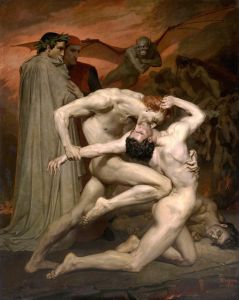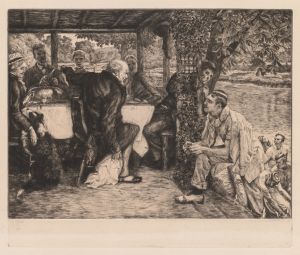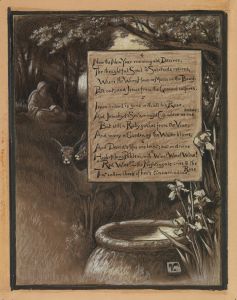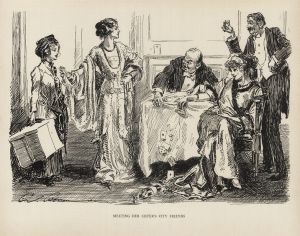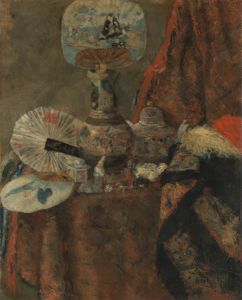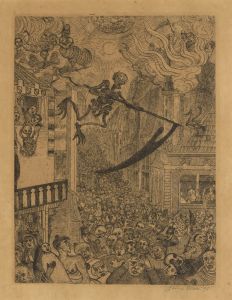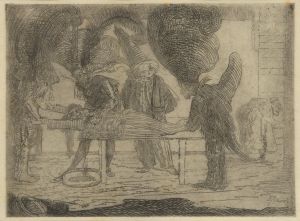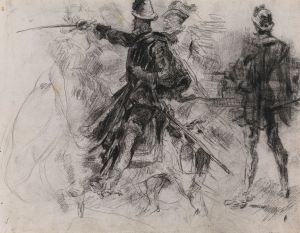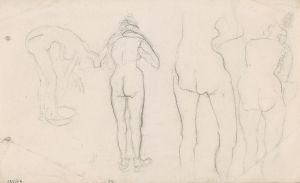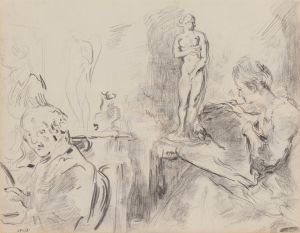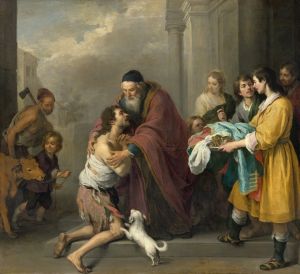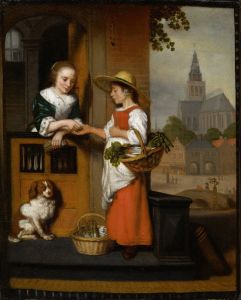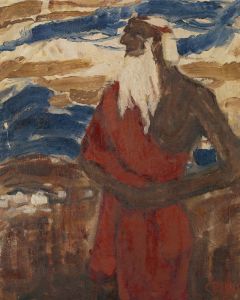
Entry into Jerusalem
A hand-painted replica of James Ensor’s masterpiece Entry into Jerusalem, meticulously crafted by professional artists to capture the true essence of the original. Each piece is created with museum-quality canvas and rare mineral pigments, carefully painted by experienced artists with delicate brushstrokes and rich, layered colors to perfectly recreate the texture of the original artwork. Unlike machine-printed reproductions, this hand-painted version brings the painting to life, infused with the artist’s emotions and skill in every stroke. Whether for personal collection or home decoration, it instantly elevates the artistic atmosphere of any space.
"Entry into Jerusalem" is a painting by the Belgian artist James Ensor, created in 1885. Ensor, born in 1860 in Ostend, Belgium, was a prominent figure in the Symbolist movement and is often associated with the later development of Expressionism. His work is characterized by its vivid use of color, intricate detail, and often satirical or fantastical subject matter.
The painting "Entry into Jerusalem" depicts the biblical scene of Jesus Christ's triumphant entry into the city of Jerusalem, an event celebrated on Palm Sunday in the Christian tradition. This event is described in the New Testament, where Jesus rides into the city on a donkey, greeted by crowds who lay down palm branches in his path, symbolizing peace and victory.
Ensor's interpretation of this scene is notable for its unique style and composition. Unlike traditional depictions of this biblical event, which often focus on the serene and divine aspects of Christ's entry, Ensor's version is imbued with a sense of chaos and complexity. The painting is crowded with figures, each rendered with Ensor's characteristic attention to detail and expressive brushwork. The faces of the onlookers are marked by exaggerated expressions, a common feature in Ensor's work, which often explores themes of masks and the grotesque.
The color palette of "Entry into Jerusalem" is vibrant and varied, with bold contrasts that draw the viewer's eye across the canvas. Ensor's use of color serves to heighten the emotional intensity of the scene, creating a dynamic and engaging composition. The painting reflects Ensor's interest in the theatrical and the carnivalesque, elements that recur throughout his oeuvre.
Ensor's work, including "Entry into Jerusalem," was not widely appreciated during his early career. His style, which deviated from the prevailing artistic norms of the time, was often met with criticism and misunderstanding. However, his innovative approach and unique vision eventually gained recognition, and he is now regarded as a pioneering figure in modern art.
"Entry into Jerusalem" is housed in the Royal Museum of Fine Arts in Antwerp, Belgium, where it is part of a significant collection of Ensor's works. The painting is an important example of Ensor's ability to reinterpret traditional subjects through his distinctive artistic lens, blending religious themes with his personal vision and style.
James Ensor's influence extends beyond his own time, impacting later artists and movements. His exploration of the human condition, often through the lens of satire and the macabre, resonates with the existential themes that would come to the fore in 20th-century art. "Entry into Jerusalem" exemplifies Ensor's contribution to the evolution of modern art, showcasing his skill in merging narrative content with innovative form and technique.





